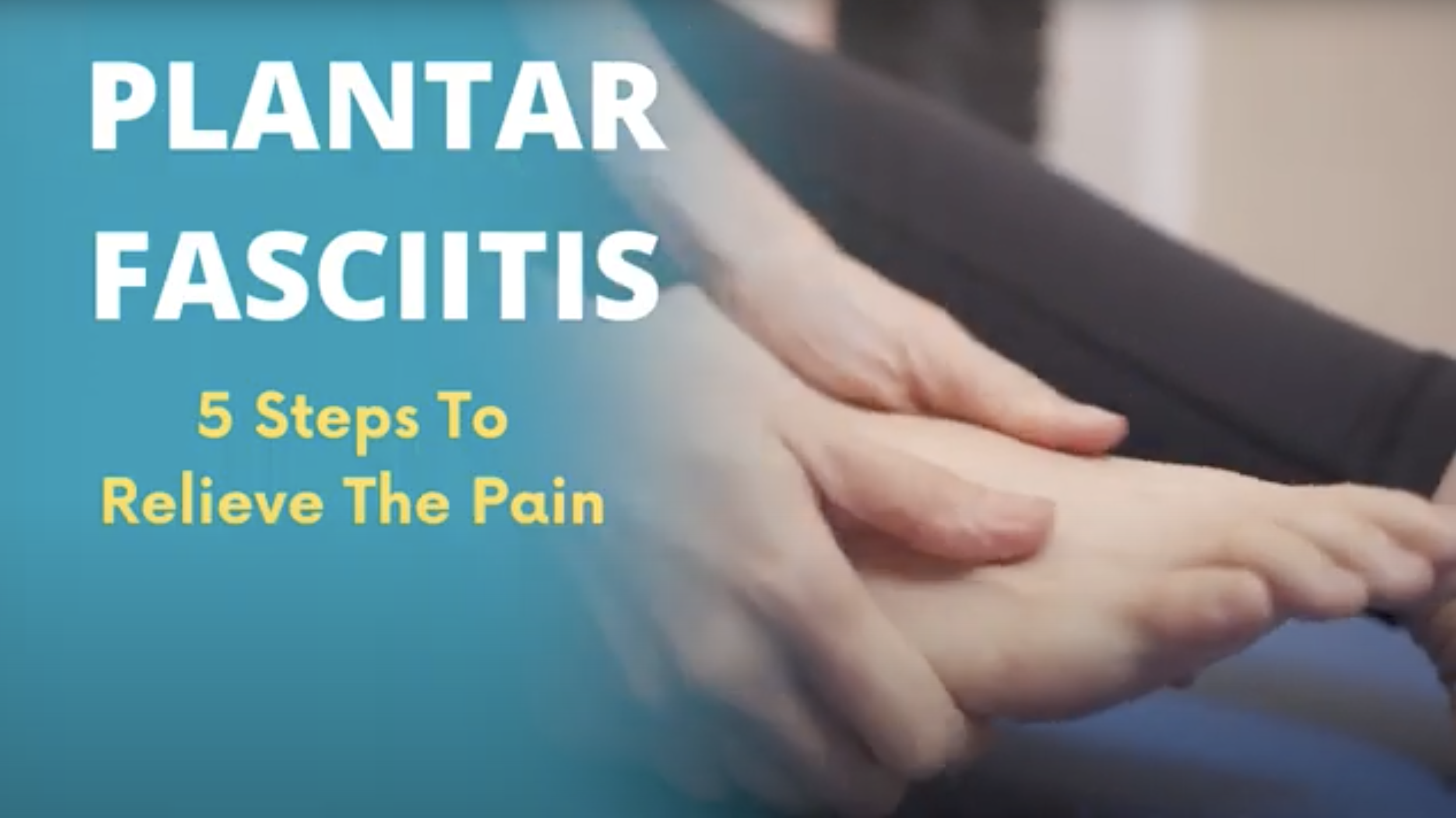

If you have plantar fasciitis and you’re looking for a plantar fasciitis Dr. in Tucson, then you’re going to want to watch this video. You know the feeling you wake up in the morning and the first step, you get that sharp pain around the heel or on the bottom of the foot. It gets easier as you move around, but then after lots of activity on your feet. You start to feel increasing pain and discomfort. If that describes you, you might have plantar fasciitis or tarsal tunnel syndrome, pain from peripheral neuropathy, or some other similar foot condition. And today, we’re going to talk about five things you can do to improve it. But first, let’s talk about why you may have it.
If that describes you, you might have plantar fasciitis or tarsal tunnel syndrome, pain from peripheral neuropathy, or some other similar foot condition. And today, we’re going to talk about five things you can do to improve it. But first, let’s talk about why you may have it.
Causes of plantar Fasciitis
Here are some of the most common causes:
- Obesity
- hypothyroidism
- low or high arch
- Decreased range of motion
- Prolonged standing or weight bearing at work
- Generalized inflammation
- Sandal use or other footwear that’s not very supportive
- Lots of running if your Achilles tendon is tight.
- If your pelvis is out of balance
- Lack of activity
- Training error
What’s happening in the foot with plantar fasciitis
Now, here’s what’s happening in your foot when you have plantar fasciitis, that thick band of tissue, the plantar fascia becomes in. And it causes pain, and then this thing gets chronic. Once that happens, then you can have pain for months and even years if you don’t take great care of it. So let’s talk about some things that you can do about it.
Home exercises for plantar fasciitis
Here are a couple of simple things that you can do at home. Number one, in the morning, let’s get things moving. Take a golf ball or a cross ball or something and run your foot over the top of it. That’ll loosen up the fascia. It’ll also get those 28 individual bones of the feet moving a little bit better. In the evening, if we get sore, get a frozen water bottle and run your foot back and forth over that water bottle.
Get Strong and Loose
Number three, get healthy calves. Use a device like Bob here in the office and get a, a combination of stretching and strengthening chiropractic care. Adjustments can align the pelvis, ensuring even pressure on both feet.
Chiropractic Adjustments
If you consider seeing a plantar fasciitis Dr. in Tucson, Dr. Tompkins will evaluate you and see if you need adjustments in the feet. That will help balance your base of support. There are 28 bones in the feet, and many ways they can be fixated or out of position. Your chiropractic adjustments will improve the position of those individual bones relieving pressure from the plantar fascia.
Laser Therapy
Laser therapy is one of the latest modalities we use, and it’s been having tremendous effects on our people with plantar fasciitis. And here’s how it works. The laser has a bunch of different effects. One, it relieves pain, it accelerates wound and injury healing, and it decreases inflammation.
It’ll even increase muscle mass, muscle strength, and recovery. It stimulates bone repair, it improves muscular endurance. It even improves the function of the mitochondria, the organs and the cells that improve ATP production that give us energy. There are a lot of things that laser can do.
What the research shows
There are studies on the laser’s effect on the brain and things like Alzheimer’s, dementia, and Parkinson’s. But the big thing is if you’re dealing with plantar fasciitis then laser therapy can help those tissues to heal. The research on plantar fasciitis shows that treatments twice a week for three weeks. Just six visits showed a significant improvement in plantar faciitis pain even after a follow up, almost a year later.
So realize that low level laser can help and you can feel the difference even up to a year after. Try the natural stuff, the lacrosse ball, the water bottle, see how it works, and if it still nags you, then schedule a time for us to see the Plantar fasciitis Dr. in Tucson if chiropractic and laser therapy can help you.


